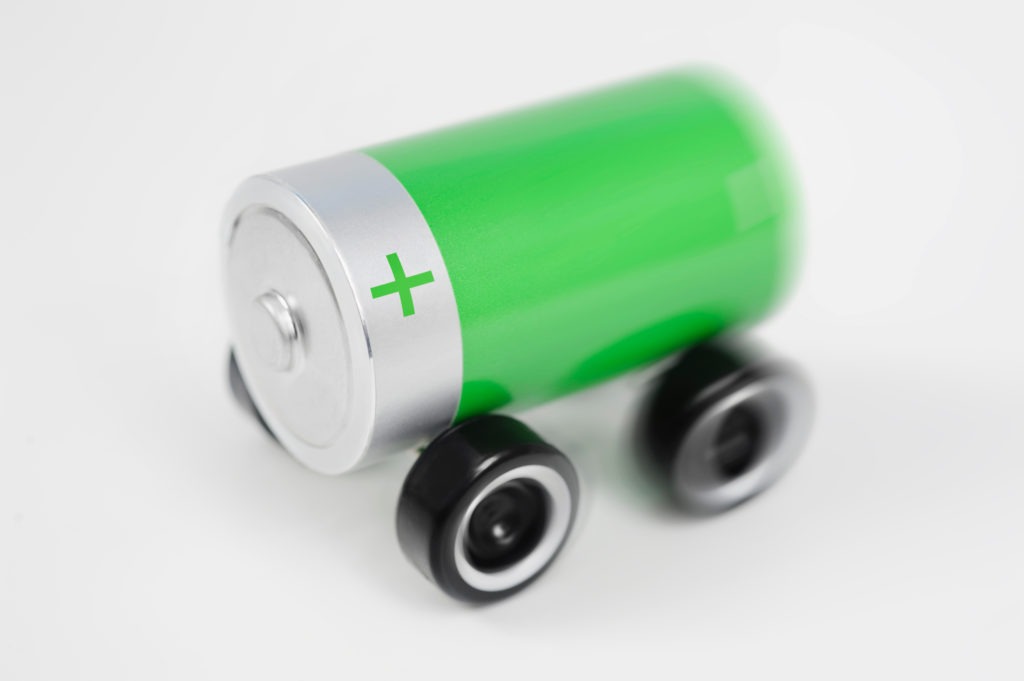Prices need to lower if BEVs are to become mass market alternatives
24 May 2019

24 May 2019
With many more manufacturers launching or announcing their battery electric vehicle (BEV) models, it is likely that 2019 will see the biggest uptake yet in sales of the technology.
However, the issue of choice is just one of a number of challenges that the market must overcome if it is to thrive across Europe. Despite the sudden surge in carmakers getting behind the technology, electric vehicles are still in their infancy.
In a close Autovista Group poll, over a quarter (26%) said that the higher sales price of BEVs is the major sticking point in the technology becoming mass market. This aligns with Autovista Group analysis that reveals pricing and, in turn, total cost of ownership (TCO) of BEVs needs to be more attractive, especially for smaller cars.
While BEVs are not selling in their millions, the cost of parts, especially materials that make up the battery, are still expensive to source. The manufacturing process is also fragmented. With no big battery factory currently present in Europe, most batteries are made in Asia and shipped to production facilities. Carmakers are only just finding their feet with building BEVs, so multiple costs are included in this as well.
With just under a quarter (23%) of the vote, the issue of the current charging infrastructure came second in the survey. The situation with the low sale of BEVs is creating a chicken and egg situation with infrastructure; people will not buy cars if they cannot charge them, while authorities are reluctant to install expensive charging points if they are not used.
There is also the question of how many charging points will be needed in order to service the expected mass increase in BEVs over the coming years, especially with some national governments looking to ban the sale of petrol and diesel vehicles. For consumers, there is no point buying a car if you cannot find somewhere to charge it.
There is also an issue surrounding residential charge points. ′BEVs are not viable for flat/apartment residents who do not have their own parking space,’ said one voter in the comments section. ′Therefore, these consumers would never be able to guarantee charging of the vehicle at home.’
The results of the poll were quite close, with 21% feeling that an increased range was necessary for BEVs to sell in higher numbers. The vehicles of the past were only able to cover around 80 miles on a full charge, while modern cars can cover up to 300 miles. However, coupled with the need to charge a car, which takes longer than filling with petrol, many believe that even greater ranges are required. This would also help to alleviate range anxiety among consumers who do not yet realise the greater mileage BEVs can cover.
Faster charging times gained 19% of the votes, with the issue as mentioned above. A 30-minute charge might be less than it would have been a few years ago, but this often only charges a vehicle to 80%, meaning more charging is required later. Compared to a five-minute fuel fill-up, some see this as a complete inconvenience.
Finally, 4% of voters felt that government help, with things such as incentives and subsidies, would help sales, while 2% suggested a competitive TCO is needed. While many state the savings over buying petrol, the total cost of the vehicle, including charging and maintenance costs, is still high in comparison. Just 1% of respondents said that nothing was needed to make BEVs mass market.
The ′other’ section gained 4% of the votes, with many comments suggesting that BEVs will not become mass market no matter what is done to improve them and their surroundings.
Finally, hydrogen was a popular subject amongst commenters, with some stating that carmakers should be concentrating on this technology instead.